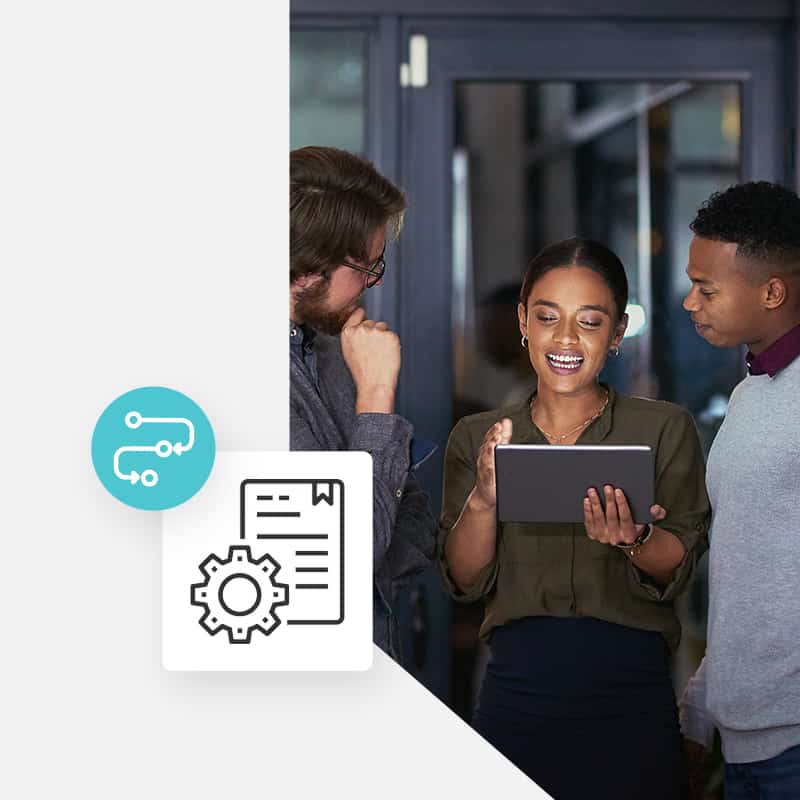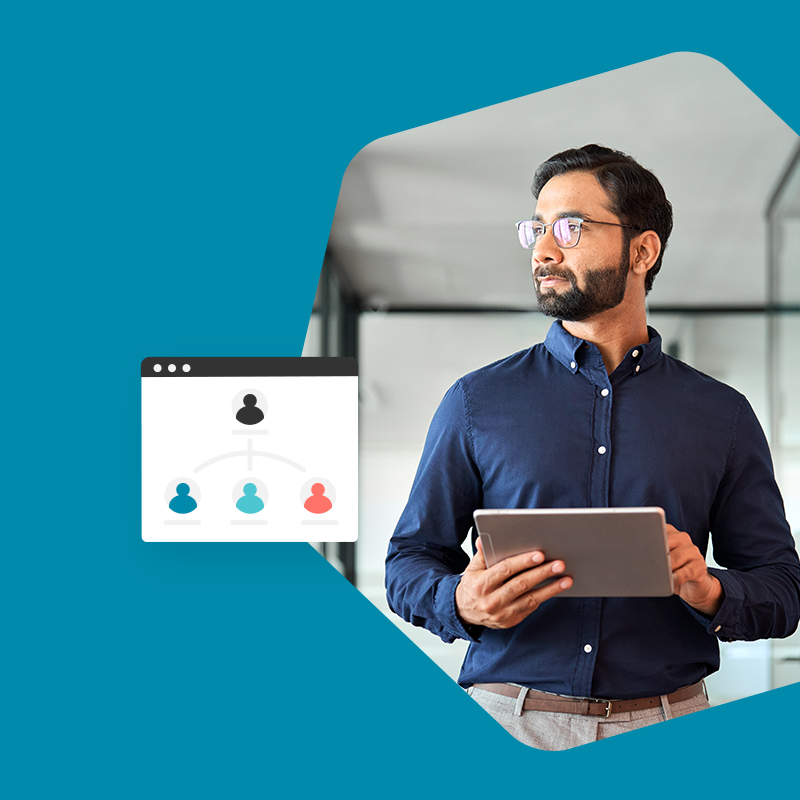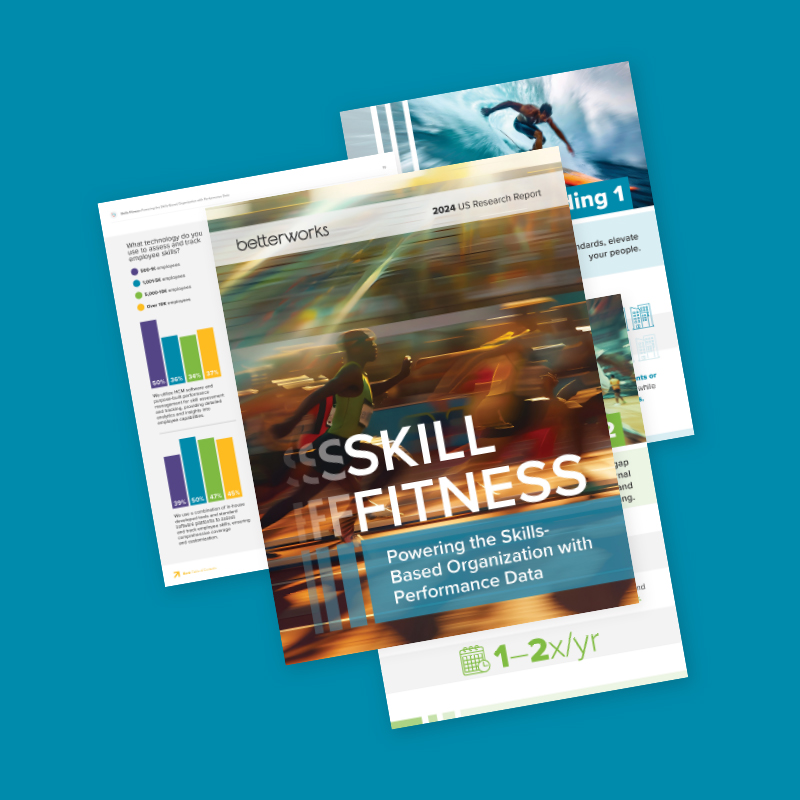Editor’s note: This is the fifth in a series of six articles on how to become a more strategic HR leader.
HR leaders today are architects of HR transformation. But what — and who — we prioritize when designing change initiatives is shifting.
A more human approach to transformation is gaining ever greater traction. According to Gartner, the days of top-down change initiatives are coming to an end, while employee-centric evolutions are picking up momentum. And with good reason: Employees are the heart of any business. If people processes aren’t engaging and helping them become happier and more productive, you’re missing a huge opportunity to drive business growth.
Historically, HR change initiatives have overlooked design thinking, a creative problem-solving approach to creating a future state that improves users’ experiences. Tackling change through the lens of design thinking adds a distinctly human touch to figuring out what’s wrong with the current state — and to creating a future state that enables employees to drive business impact. The traditional approach focuses on concepts like how to make processes more efficient and easier and building workflows. This doesn’t tell you anything about the pain that Bob in Sales feels.
Are you an architect?
I like to think about applying design thinking as the difference between a home built by a general contractor and one purposefully designed by an architect. The former may be very utilitarian and efficient, but there won’t be much thought into how it will be experienced by the individuals living it — the flow of the spaces, the play of light, the elements of style — that you’d find in an architecturally designed home. Frank Lloyd Wright’s houses aren’t just houses.
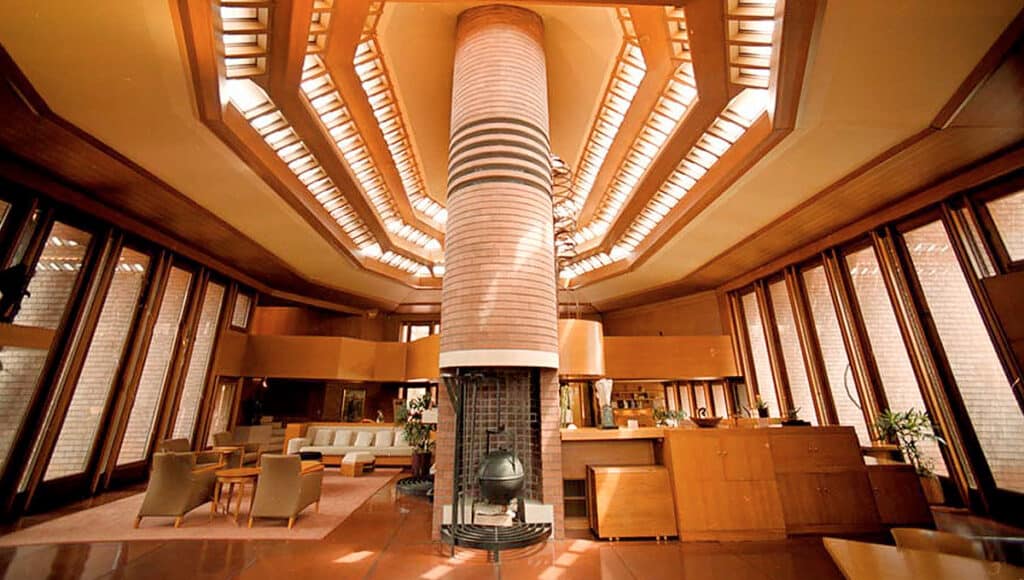
It’s the same thing with design thinking: You’re shifting from HR policies and processes that are merely serviceable to those purposefully designed to produce enriched experiences and outcomes.
Let me give you an example that’s near and dear to my heart. If you think about the performance review process, it seems fairly straightforward: You meet with your boss, get your goals, and you go to the end of the year. Your boss says “Good,” “Could have been better,” or “Missed the boat” and the review is done. But the reason why that’s not moved the needle on performance is that the experience can be very demoralizing or discouraging. Sometimes, it’s motivating. Often it feels like a waste of time to employees and doesn’t help them perform better. They don’t see the value in it, but it is a process with certain workflows and it’s viewed, traditionally, as a way to efficiently gauge performance.
If we were to apply design thinking to the performance review process, we’d know what the experience looks like from the perspective of all the people it touches – employees, managers, leaders, and HR. We’d get a completely different vibe because we’d understand the friction and pain points and see where the process fails to achieve the desired outcomes.
Here’s some of my advice for gaining a competitive edge when analyzing current state processes and achieving a human-centric future state.
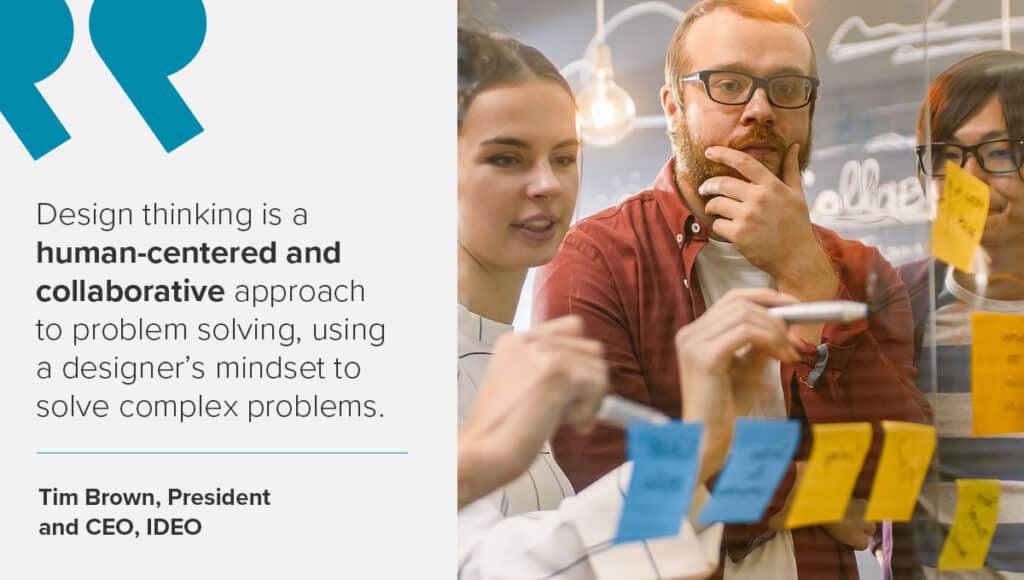
Assess desirability, viability, and feasibility
The crux of designing an effective future state is finding the balance between what’s desirable from a human experience, what’s viable from a technology perspective, and what’s feasible for the organization to accomplish in terms of change or financial investment.
You can’t just have one element, because that’s not necessarily profitable or operationally sound. You could design a process that’s highly desirable for employees, for example, but is it more efficient? Will it increase engagement and retention? Ask questions like these to help address the business case and gain a better sense of what an effective future state looks like.
Comprehensive HR metrics help you find gaps in the current state that you can mend in the future state without sacrificing desirability, viability, or feasibility. Completion rates for conversations, feedback, and recognition, for example, help you identify where manager-employee engagement in performance management processes is dropping off. If employees and managers don’t regularly engage in conversations, it’s your job to determine why and to use what you learn to craft a better future state.
Approach change from a human perspective
Use design thinking to analyze your current processes from a human perspective.
Often, HR leaders are hesitant to change existing processes because they’ve always done it a certain way or because they helped create the current state. But that’s a uniquely HR perspective, and HR isn’t the only stakeholder group to consider. HR leaders can bring a lot of preconceived notions regarding the current state.
The process of developing individual personas for each group erodes a little bit of our personal biases so we can design a more effective future state that accounts for everyone’s experiences. It helps us get out of our comfort zones. Putting yourself in someone else’s shoes helps you see the situation as they do, giving you a glimpse into their hopes, motivations, frustrations, and challenges.
Start by identifying primary stakeholders and developing personas for each group. For HR, these stakeholders are usually employees, managers, HR leaders or business partners, and business leaders or executives. Assign teams to develop each persona. Consider the perspective of each persona on the current process, what they need from the new process, and what they want from their experience of the future state.
Ideally, throughout this process, you will develop focus groups to hear from representatives of each stakeholder group. The more relevant perspectives you can entertain, the more targeted and effective your final product will be.
For the process you want to reimagine, walk each persona through the entire cycle of the current state. Stop and consider every step from each persona’s unique perspective. How does it affect their daily lives? Does the process put unnecessary roadblocks in the way, or does it empower employees to achieve more? Essentially, you’re mapping the current process but layering in moments of reaction and emotion from each stakeholder persona to understand how they experience it.
With the full “experience” mapped out in front of you, you can see all the places where you need to fix pain points and where doing so is feasible, viable, and desirable. From there, you can generate ideas for ways to make the process better for stakeholders. Once you’ve redesigned it, apply the same mapping technique to walk each persona through the future state.
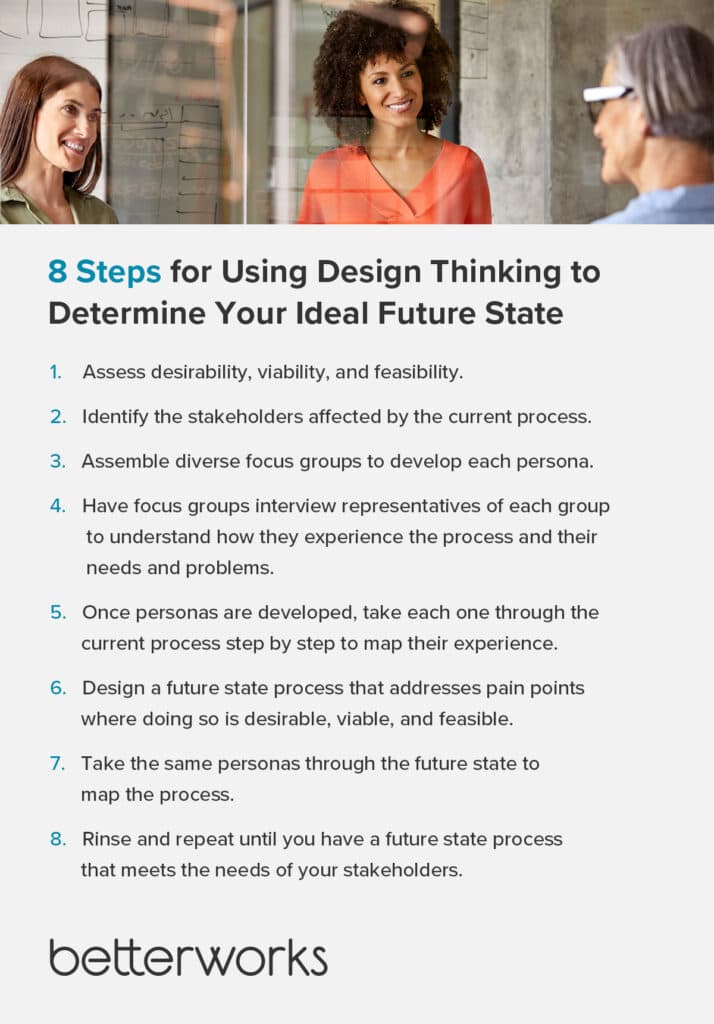
Give stakeholders room to breathe
Once you’ve designed a future state that’s desirable across stakeholders, viable within your tech stack, and feasible for the business to accomplish, it’s natural to want to put your new process into action right away. But transformation takes time. You’re introducing a new process, training stakeholders to implement it, and building the behaviors, skills, and competencies they need to transition successfully.
Return to the idea of design thinking and how people experience the process — including how they experience the transition between current and future states. How much change can you introduce in a finite timeframe so it’s enough to make a business impact without overwhelming stakeholders? Based on that response, build a road map to outline how you’re going to introduce your new process into the organization in a measured and digestible way. It may be a process that spans over a few years.
Your roadmap provides a clear vision and direction, ensuring that everyone understands the purpose and desired outcomes of the change initiative. It also helps employees feel supported and informed throughout the process, fostering a sense of trust and alignment with the organization’s goals.
As architects of HR transformation, you have the ability to guide your organization to a better, more effective future state. By recognizing the limitations of traditional, utilitarian HR policies and processes, and instead focusing on purposefully designed experiences and outcomes, you can create a future state where every stakeholder will thrive.
As VP of HR Transformation at Betterworks, Jamie helps customers reimagine the way employee performance is managed with proven systems and processes that work. She is co-author of the book, Make Work Better, and draws inspiration from her more than twenty-five years of HR leadership experience, spearheading organizational development, HR transformation, and employee engagement strategies that boost business performance.
Forge your path to strategic HR
